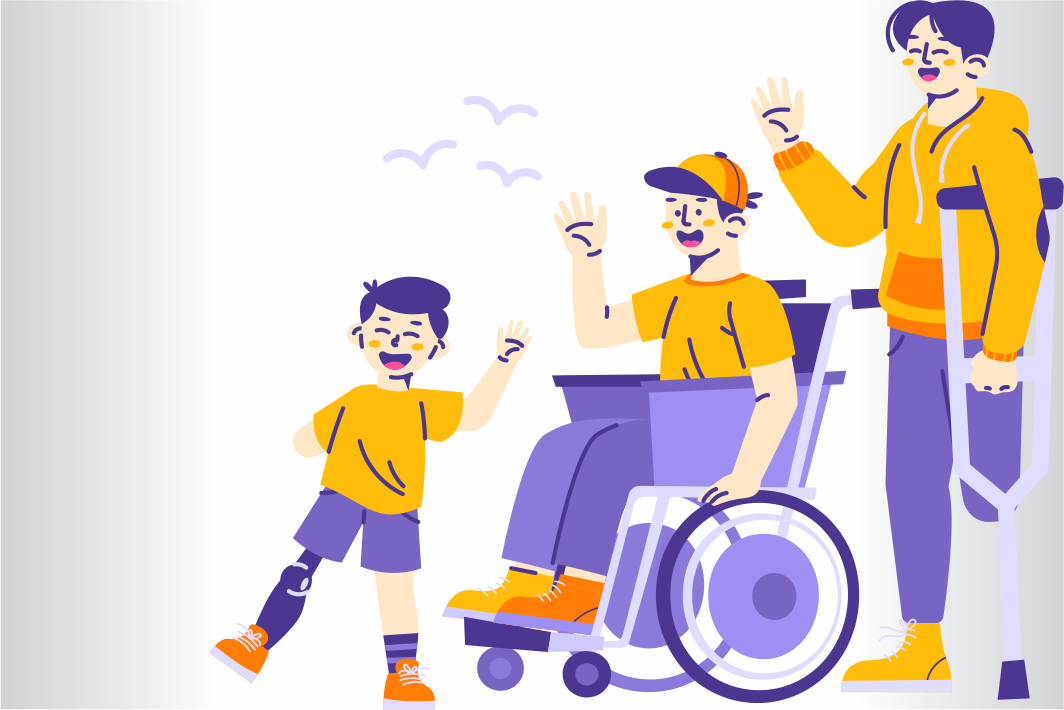A 22-year-old cerebral palsy-afflicted wheelchair-bound guy recently
bagged a job in a multinational company. Sounds interesting. The man overcame
many challenges with sheer determination and held his head high. The above
example is one of the cases.
An estimated three in every 1000 live births are being diagnosed with
cerebral palsy. Many who have cerebral palsy face severe challenges day in and
out.
About the congenital disease
Most cases of cerebral palsy are congenital. Movement challenges help
cerebral palsy patients cope with day-to-day activities.
Several chronic neural health diseases exist. One of the most prominent
is cerebral palsy. It leads to severe childhood physical disability with limited
motor functions. It also prevents the brain from developing. It leads to
challenges that affect sensation, perception, cognition, communication, and
behavior.
Pre-term babies are prone to develop cerebral palsy. It sets in during
birth or early childhood. The disease affects the social and emotional
well-being of an individual. According to various research, boys are more prone
to cerebral palsy than girls.
There are four types of cerebral palsy, viz. spastic cerebral palsy,
dyskinetic cerebral palsy, ataxic cerebral palsy, and mixed cerebral palsy.
The causes
Abnormal brain development is the leading cause. Even damage to the
developing brain can cause cerebral palsy. The lifelong disorder gets worse
over time.
Women suffering from rubella, cytomegalovirus, etc, during pregnancy can
interfere in brain development.
A difficult birth due to less oxygen can also cause damage to the brain.
Bleeding in the brain and exposure to toxins also lead to cerebral palsy.
Awareness holds the key to preventing children born with cerebral palsy.
Pregnant women should take utmost care. Perinatal care, brain anomaly tests,
and brain imaging tests can detect abnormalities. No single test can detect the
presence of cerebral palsy.
In some cases, termination of pregnancy helps prevent a cerebral palsy
baby from being born.
Symptoms
During an infant’s age, it is possible to determine whether one has
cerebral palsy. Challenges in motor functions and uncontrolled movements set in
over time. Epileptic, blind, and deaf individuals may suffer from the disease.
Some experience speech impairment, drooling, swallowing difficulties, and
learning disabilities. Above it, bladder and bowel issues, mental health
conditions, etc, add to the woes.
Diagnosis
Any abnormalities in newborn babies need proper assessment by a medical
professional. Treatment for epilepsy, fever, or infection can bring some
relief. A neurologist can help to keep epileptic seizure episodes at bay.
The disease leads to deformed legs and creates complications related to
movement. A physiotherapist can give the much-needed support to become more
independent. Patients with bone deformity or joint dislocation may opt for
surgery. Severe spasticity individuals receive botulinum toxin injections.
A good rehabilitation program can bring in some relief.
Outlook
The physical and emotional well-being of a cerebral palsy patient
remains at stake. Above it, family members catering to these patients also
suffer from severe stress. With no concrete treatment available, it is a life
full of distress and severe challenges.
Like how the 22-year-old wheelchair-bound made it possible with sheer determination. These inspiring stories will open the eyes of patients with cerebral palsy.





